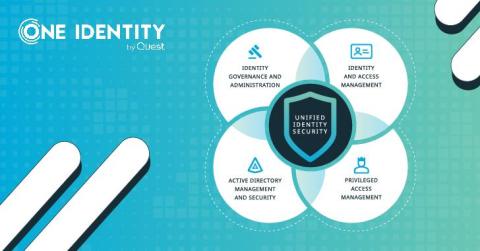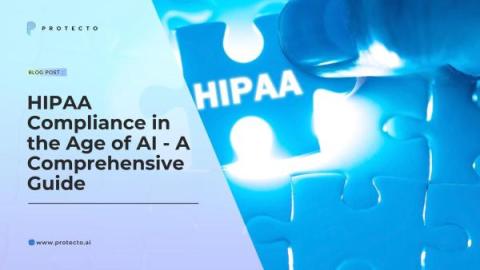Connecticut College Announces Breach Investigations from March 2023
Connecticut College (CC) is a private campus institution in New London, CT; initially opened as a women’s college, the institution today serves a 2k-student population and offers more than 40 degree programs. In March 2023, cybercriminals victimized CC by accessing their network environment. Eleven months later, CC officials have begun sending impact notices to those with data exposed in the incident.










